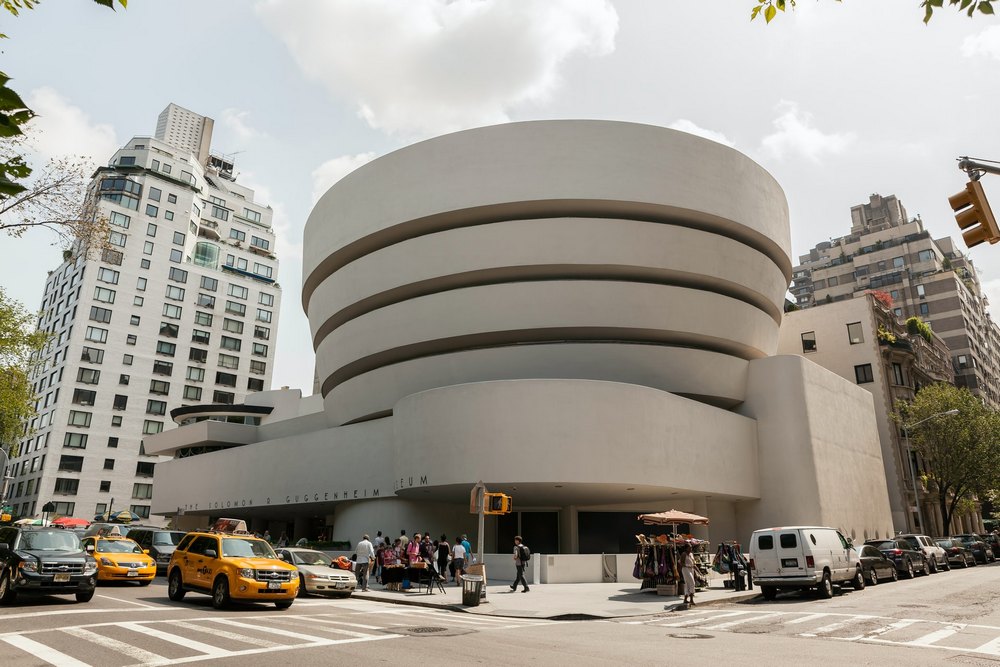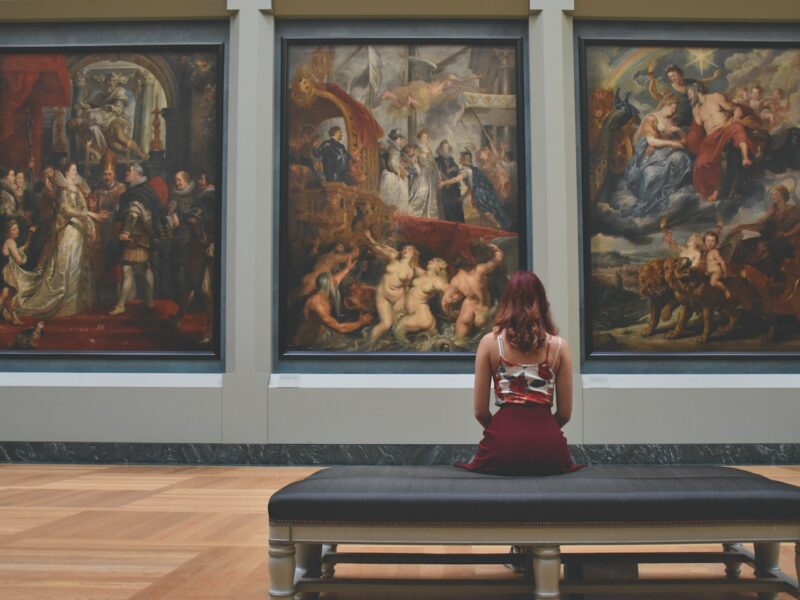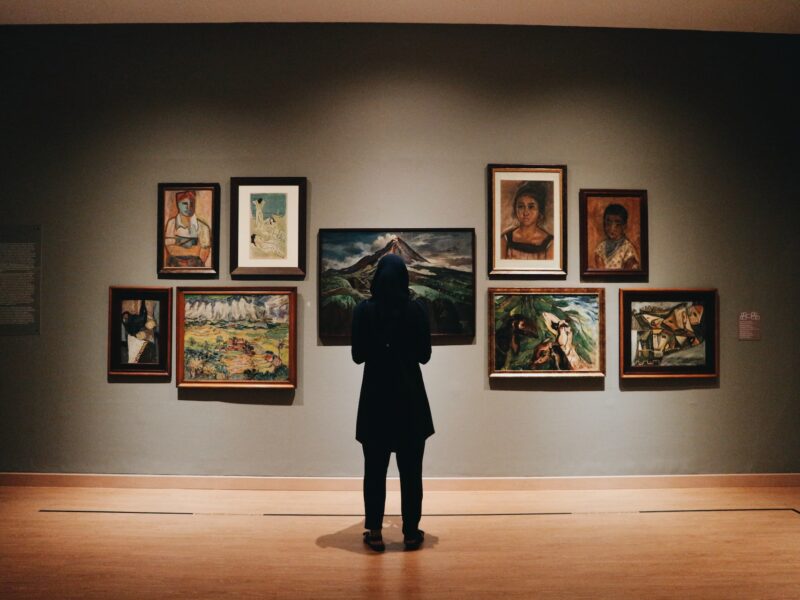The museum continued the tradition of the Museum of Non-Figurative Art, the first of its kind, which Solomon Guggenheim opened in the late 1930s in a specially rented apartment in Manhattan. There visitors could see paintings by Wassily Kandinsky and his followers, in particular Rudolf Bauer and Otto Nebel, and soon there were so many that the need for a separate building became obvious.
The museum was designed by the great Frank Lloyd Wright, and the building is now considered as full-fledged a representative of the collection as are the masterpieces in it. The architect broke all the possible rules of organizing the museum space, starting the movement of visitors from the top down the ramp, which offers a view of the multilevel galleries and works of art – for example, works by Amadeo Modigliani, Fernand Léger, Theo van Doesburg and Paul Klee.
The Guggenheim Museum is now one of the most recognizable brands in art, also joining museums in Venice and Bilbao.
The Solomon R. Guggenheim Museum (no one says it out loud, just call it the Guggenheim) is one of New York City’s best art museums and stands apart as one of the city’s best architectural landmarks.
Frank Lloyd Wright’s UNESCO World Heritage building, shaped like a beehive and twisted spirals, is an iconic landmark overlooking the greenery of Central Park. Not bad for a building that – despite Dwight D. Eisenhower’s high presidential praise – was originally compared to a giant washing machine and an upside-down oatmeal plate.
However, there is more to the Guggenheim than just controversial architecture. Old Solomon’s lifelong love of buying up art, often before artists were widely recognized, has led him to amass an enviable collection of contemporary art.
All the usual names are present on the spiral walls of the museum–Picasso, Cézanne, Manet, Gauguin and others. It also boasts an important collection of striking paintings by Kandinsky, including Composition 8 (1923) and Several Circles (1926).


